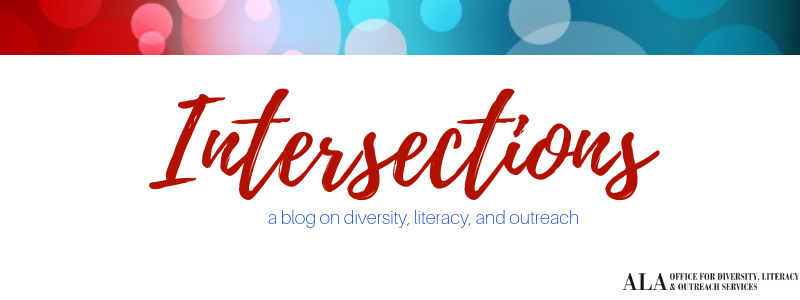
By: Christina Caputo, Youth Services Librarian, Arlington Heights Memorial Library
Once upon a time, in a land not so far away, all children were homeschooled. Presently, home-based learning has rising numbers of families opting for home-based teaching and learning. Homeschooling is not a novel or trendy movement. In fact, it was the norm centuries ago, for parents (or tutors in wealthy families) to educate the children at home. Public schooling is relatively new compared to homeschooling, which began in the middle of the 19th century.
In 2016, there was an estimated 2.3 million homeschooled youth in the United States according to Dr. Brian Ray from the National Home Education Research Institute (NHERI.org). This would equal approximately 3.5% of all school-aged children. This statistic provides an indicator that homeschooled youth are in all local communities and may avail themselves of the public library system.
Public libraries are invaluable tools for DIY educators and home education. Home-based educators utilize various curriculum sources to assist in teaching. The National Center for Educational Statistics published a survey from 2012, in which 70% of homeschooled parents cite the public library as their most valued resource (Redford et al., 2017, p.13).
Does your library provide outreach opportunities to local homeschool groups in the community? If the answer is no, this might be the time to put the underserved homeschooled audience on the library’s radar. The first step for outreach services is to build relationships and get to know the homeschool families in the community. This effort can be cost-effective and informal. The library may consider hosting various opportunities for the homeschooled population. For example, a homeschool playdate with coffee and cookies; a Homeschool Hangout program with passive activities; or a homeschool storytime with STEM-based activities and socialization time during the traditional school day. If the library has pre-established homeschool programs and relationships, the extension of services into the community may be very beneficial. Contact local homeschool Co-Ops, groups, meetups, and homeschool conferences; attend their meetings. Meet the homeschool community where they are. Bring library swag, bookmarks, ARCs, newsletters, etc. to the meetings. As the relationships and trust develop and grow between the public library and homeschool groups, offer formalized outreach programming.
Homeschooling is legal in all states of the USA. There are no federal laws that oversee homeschooling, and regulations vastly vary from state to state. In Illinois, where I reside, homeschooling is a form of private education. Each individual state has home education regulations which can be found at the Homeschool Legal Defense Aids website (https://hslda.org/content/laws/).
As public librarians, it is necessary to partner with all educational organizations to ensure outreach continuity for the next generation. By bringing these valuable options to the home-based education community, everyone may benefit, learn and grow.
Redford, J., Battle, D., and Bielick, S. (2017). Homeschooling in the United States: 2012 (NCES 2016-096.REV). National Center for Education Statistics, Institute of Education Sciences, U.S. Department of Education. Washington, DC.
About the Author

Christina Giovannellli-Caputo has been the Kids’ World Librarian at Arlington Heights Memorial Library since 2014. She began her professional career in 2002 as a high school art teacher and has over 20 years of experience working with youth 0-18. In her spare time, she enjoys spending time with her three children and cooking. Join the conversation at Librarians Serving Homeschool (LSH) on Facebook.
